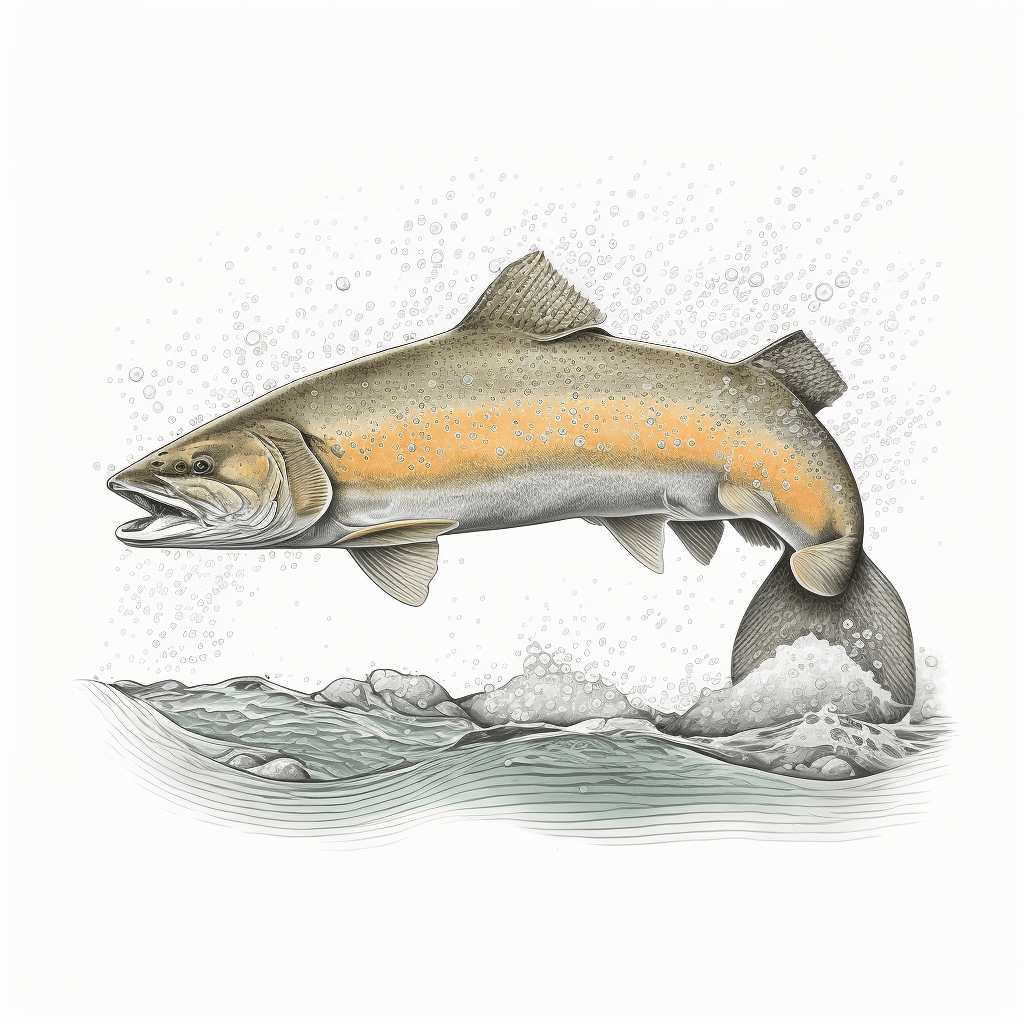
Bull trout (Salvelinus confluentus) are members of the family Salmonidae and are char native Washington, Oregon, Idaho, Nevada, Montana and western Canada. Compared to other salmonids, bull trout have more specific habitat requirements that appear to influence their distribution and abundance. They need cold water to survive, so they are seldom found in waters where temperatures exceed 59 to 64 degrees (F). They also require stable stream channels, clean spawning and rearing gravel, complex and diverse cover, and unblocked migratory corridors. Bull trout may be distinguished from brook trout (Salvelinus fontinalis) by several characteristics: spots never appear on the dorsal (back) fin, and the spots that rest on the fish’s olive green to bronze back are pale yellow, orange or salmon-colored. The bull trout’s tail is not deeply forked as is the case with lake trout (Salvelinus namaycush). Bull trout exhibit two forms: resident and migratory. Resident bull trout spend their entire lives in the same stream/creek. Migratory bull trout move to larger bodies of water to overwinter and then migrate back to smaller waters to reproduce. An anadromous form of bull trout also exists in the Coastal-Puget Sound population, which spawns in rivers and streams but rears young in the ocean. Resident and juvenile bull trout prey on invertebrates and small fish. Adult migratory bull trout primarily eat fish. Resident bull trout range up to 10 inches long and migratory forms may range up to 35 inches and up to 32 pounds. Bull trout are currently listed coterminously as a threatened species.




Leave a Reply